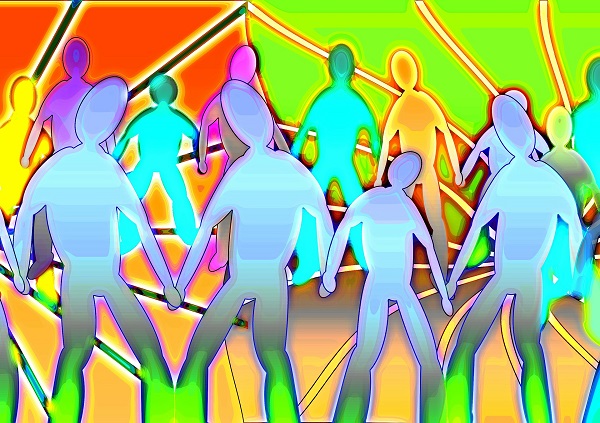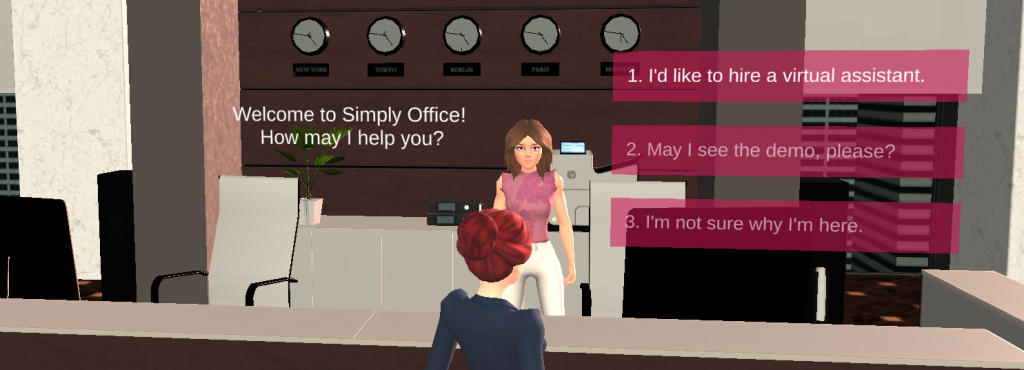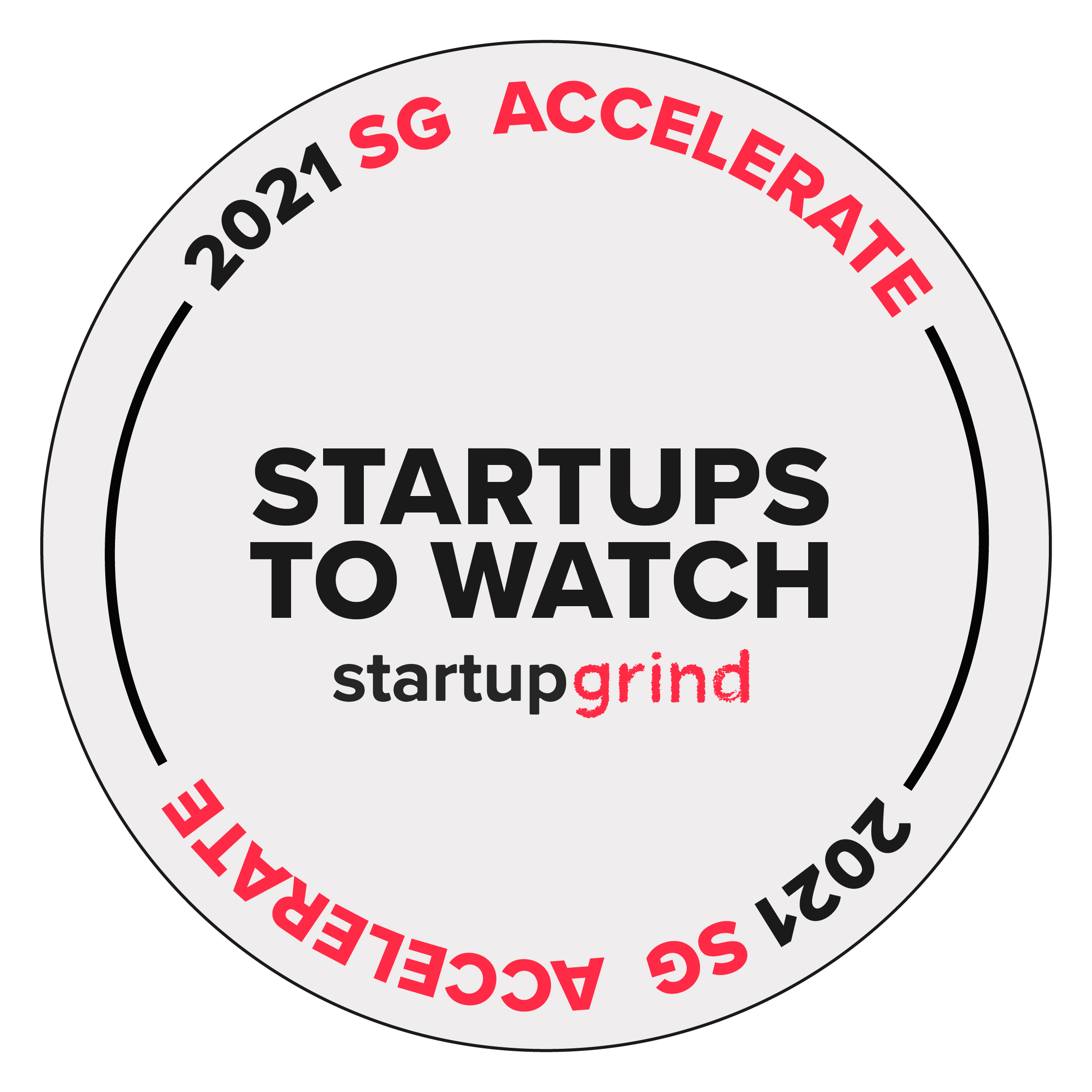How do People Interact in the Metaverse?
There are quite a few options for interactions between people in the metaverse, actually. For the most part they mimic the real world. We can talk in the metaverse. We can write (or type, rather) and read text. Also, we can use body language and gestures. Additionally, we can communicate via visuals. But the metaverse is a technology extension to the real world. Therefore, there will be even more options for people to interact in the metaverse.
Reading time: 4 mins | Published on: 1/25/2022
Before delving deep into the topic, you may want to refresh on or learn about what the metaverse is.
Historically, we have been using four major types of communication: verbal, written, visual, and nonverbal. We speak and listen and that’s how we communicate verbally. We write and read. Sometimes we use visuals like photos, images, drawings, sketches, graphs, and charts to convey information. Another way to communicate with others, often subconsciously, is via nonverbal cues like gestures, body language, and facial expressions.
Since the metaverse is a technology-enabled environment, there is a fifth type of interaction – technological. There are things the system knows about us and can assist us with. For example, selecting an option from a list, which may be offered by the technology or pushing a button to confirm an action.

Verbal Interactions in the Metaverse
Talking in the metaverse won’t be very different from our current experience in audio conferencing tools. It’ll be like a Zoom call but instead of yourself, the video will be of your avatar. That way you’ll always look your best!
The voice will be yours unless you’d want it altered. In that case, there’s plenty of voice-altering technology to help change your tone or the pitch or to add distortion to your voice. I won’t be surprised if you can also change accents, that’d be cool.
Written Interactions in the Metaverse
We’ll still resort to reading and writing every now and then. Indeed, we’d need a means for asynchronous communication in the metaverse. Whether timezone differences, work and family commitments, or just wishing to leave an unobtrusive message, we’ll write that message for someone to read. Similar to current apps, we’d have different levels of security to our messages. There’ll be private and public messaging but there will be notes on the fridge/wall in the metaverse as well.
Visual Interactions in the Metaverse
‘A picture is worth a thousand words.’ Indeed, we use photos, images, drawings, graphs, and charts while presenting. Also, emojis and gifs have become such an important part of our messages and posts. Furthermore, videos have grown in popularity tremendously, being a quick and easy way to communicate a concept, combining all four types of communication into one.
Nonverbal Interactions in the Metaverse
We use gestures, facial expressions, and body language (willingly or unwillingly) to convey information to others. And we may still have some of that in the metaverse. Well, excluding the facial expressions. Gestures will still be possible to see. The body language, though, may be controlled by the user. Meaning the user may set up their avatar’s posture in a certain way. Which, at the end of the day, will make us less perceptive to those cues.
Technical Interactions in the Metaverse
After so many years of using drop-downs, menus, buttons, links, and drag & drop functionality, we’d be amiss to not incorporate it into the metaverse. For example, a predefined or a guided interaction may require making a few quick selections before moving ahead. Therefore, elements of the web we know it will probably make their way into the metaverse. They won’t be the norm, though.
To summarize, the metaverse will merge the real world with technology, bringing together technology, verbal, written, visual, and nonverbal ways for people to interact in the metaverse. The result, hopefully, will be a better understanding of and between each other.
Simply Flows is the first ever company to offer virtual assistants in the metaverse. Check out what we’re building here.





